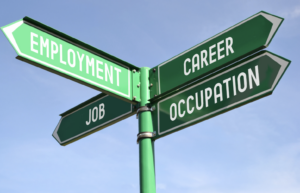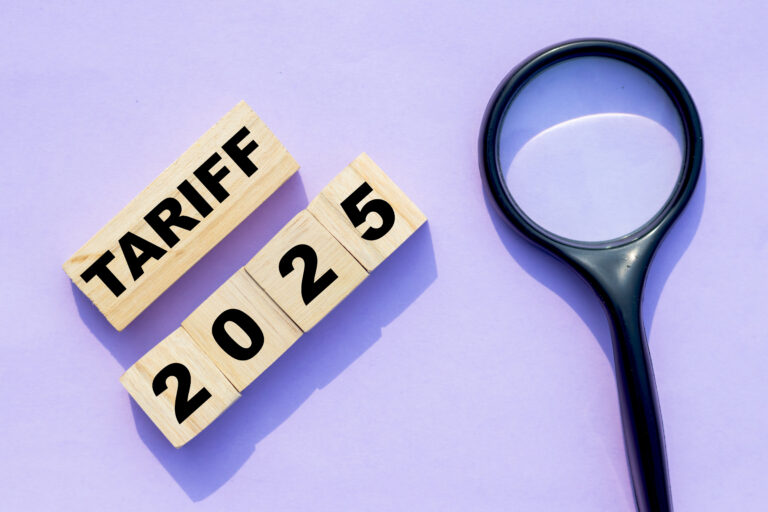A key measure of consumer confidence soared in June as the U.S. economy added a robust 850,000 jobs and the Covid-19 pandemic continued to recede across the country.
The Conference Board reported that its Consumer Confidence Index rose to 127.3 from an upwardly revised May reading of 120. “Consumer confidence increased in June and is currently at its highest level since the onset of the pandemic’s first surge in March 2020,” Lynn Franco, senior director of economic indicators at The Conference Board, stated in a press release. “Consumers’ assessment of current conditions improved again, suggesting economic growth has strengthened further in Q2.
“Consumers’ short-term optimism rebounded, buoyed by expectations that business conditions and their own financial prospects will continue improving in the months ahead,” Franco added. “While short-term inflation expectations increased, this had little impact on consumers’ confidence or purchasing intentions. In fact, the proportion of consumers planning to purchase homes, automobiles and major appliances all rose — a sign that consumer spending will continue to support economic growth in the short term. Vacation
intentions also rose, reflecting a continued increase in spending on services.”
Another important gauge of consumer confidence was also higher in June. The University of Michigan reported that its Consumer Sentiment Index rose to 85.5 from 82.9 in May.
“All of the June gain was among households with incomes above $100,000, and mainly in the way they judged future economic prospects,” Richard Curtin, chief economist of the university’s Surveys of Consumers, stated in a press release. “Consumers continued to pay close attention to three critical factors: inflation, unemployment and interest rates. Not only did year-ahead inflation expectations fall slightly, to 4.2 percent in June, from May’s decade peak of 4.6 percent, consumers also believed that the price surges will mostly be temporary.
“While many are optimistic about a gradual end to the pandemic, consumers still judged the risks from emerging Covid-19 variants as appreciable,” Curtin added.
The unemployment rate rose slightly in June, to 5.9 percent, but the job gain beat economists’ expectations.
“It’s a pretty strong report,” Kate Bahn, an economist at the Washington Center for Equitable Growth, told The Washington Post. “This overshot expectations. And the job growth was in the industries that had been so hard-hit. This is pointing to signs that we’re growing back exactly where we need to be growing back.”
Seema Shah, chief strategist at Principal Global Investors, told CNBC: “From a market perspective, this was an all-out positive jobs report. The improvement … likely reflects a slight easing of the labor-supply constraints that have been holding back the jobs market in recent months, as well as continued momentum from the economic reopening.”
The U.S. Department of Labor reported notable job gains in leisure and hospitality (343,000), public and private education (269,000), professional and business services (72,000), retail trade (67,000) and other services.
Wages rose. The government reported that average hourly earnings climbed by 10 cents, to $30.40, in June.
The U.S. Department of Commerce reported that consumer spending was flat in May, as the temporary effects caused by government stimulus payments faded away. Personal income fell 2 percent, also affected by the lack of stimulus payments.
Inflation was higher. The Personal Consumption Expenditures Price Index, the Federal Reserve’s preferred measure of inflation, rose 0.4 percent in May. For the 12-month period that ended in May, prices rose 3.9 percent, the highest rate since 2008.
The Conference Board reported that its Leading Economic Index rose 1.3 percent in May, to 114.5, after increases of 1.3 percent in April and 1.4 percent in March. The index attempts to predict future economic activity.
“After another large improvement in May, the U.S. LEI now stands above its previous peak reached in January 2020 (112), suggesting that strong economic growth will continue in the near term,” Ataman Ozyildirim, senior director of economic research at The Conference Board, stated in a press release. “Strengths among the leading indicators were widespread, with initial claims for unemployment insurance making the largest positive contribution to the index; housing permits made this month’s only negative contribution. The Conference Board now forecasts real GDP growth in Q2 could reach 9 percent (annualized), with year-over-year economic growth reaching 6.6 percent for 2021.”
The mood among the nation’s small businesses darkened slightly in May. The National Federation of Independent Business reported that its Small Business Optimism Index fell 0.2 points, to 99.6. A record-high 48 percent of business owners in the federation said they have unfilled job openings.
“The labor shortage is holding back growth for small businesses across the country,” NFIB chief economist Bill Dunkelberg stated in a press release. “If small business owners could hire more workers to take care of customers, sales would be higher and getting closer to pre-Covid levels. In addition, inflation on Main Street is rampant, and small business owners are uncertain about future business conditions.”
Confidence among the nation’s home builders declined in June. The National
Association of Home Builders reported that its NAHB/Wells Fargo Housing Market Index fell two points, to 81.
“Higher costs and declining availability for softwood lumber and other building materials pushed down builder sentiment in June,” NAHB chairman Chuck Fowke stated in a press release. “These higher costs have moved some new homes beyond the budget of prospective buyers, which has slowed the strong pace of home building. Policy-makers need to focus on supply-chain issues in order to allow the economic recovery to continue.”
NAHB chief economist Robert Dietz added: “While builders have adopted a variety of business strategies, including price escalation clauses to deal with scarce building materials, labor and lots, unavoidable increases for new home prices are pushing some buyers to the sidelines. Moreover, these supply constraints are resulting in insufficient appraisals and making it more difficult for builders to access construction loans.”
All three of the major HMI indices posted declines in June. The index that measures current sales conditions fell two points, to 86; the index that gauges sales expectations in the next six months posted a two-point decline, to 79; and the index that measures the traffic of prospective buyers dropped two points, to 71.
The Commerce Department reported that new-home sales fell 5.9 percent in May, to a seasonally adjusted annual rate of 769,000, from the previous month.
Home resales were also lower, decreasing for a fourth straight month in May. The National Association of Realtors reported that sales dropped 0.9 percent from April to a seasonally adjusted annual rate of 5.8 million.
“Home sales fell moderately in May and are now approaching prepandemic activity,” Lawrence Yun, the NAR’s chief economist, stated in a press release. “Lack of inventory continues to be the overwhelming factor holding back home sales, but falling affordability is simply squeezing some first-time buyers out of the market.
“The market’s outlook, however, is encouraging,” Yun added. “Supply is expected to improve, which will give buyers more options and help tamp down record-high asking prices for existing homes.”
This article was originally published in the August 2021 issue.











